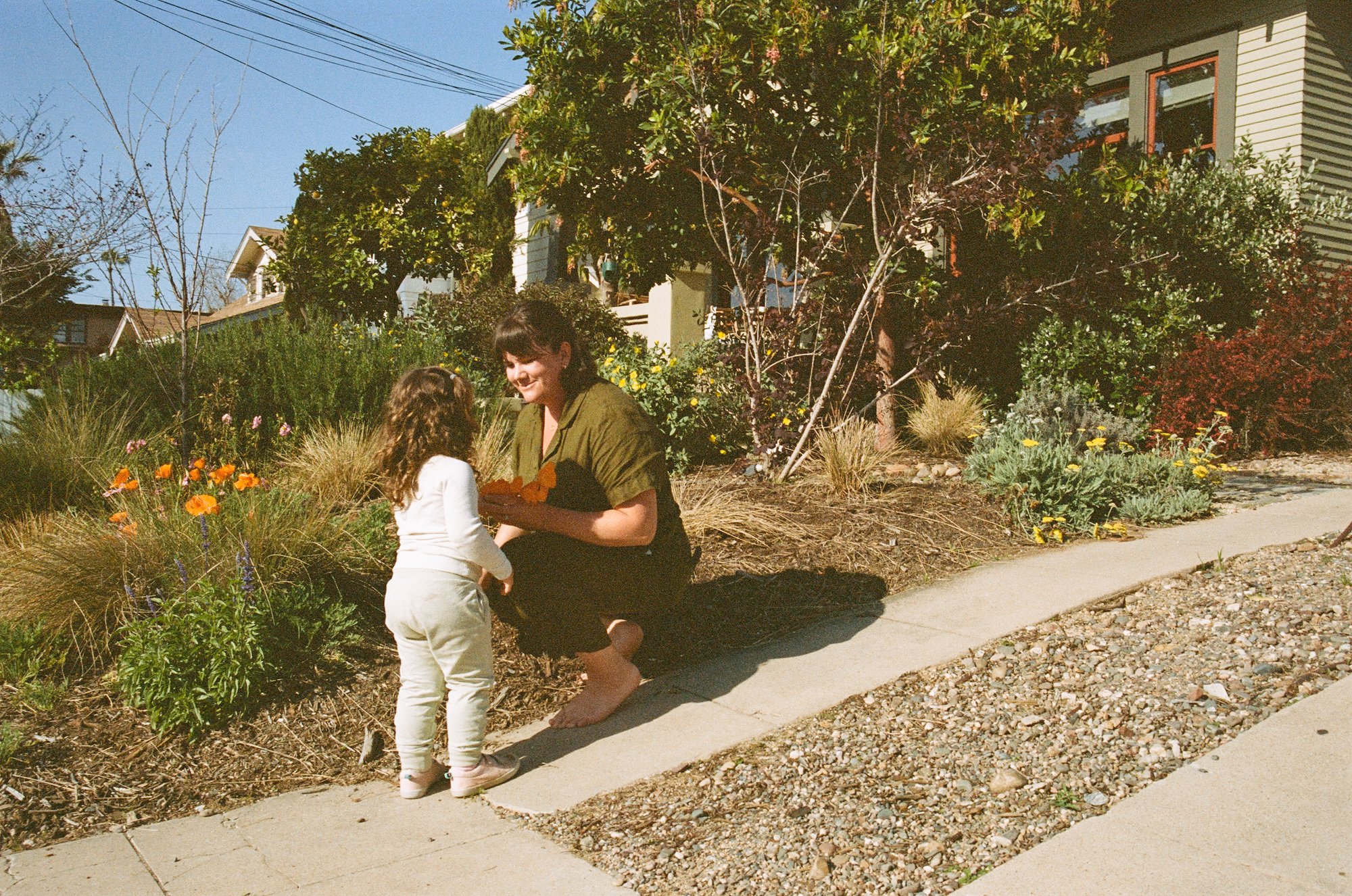What To Do With Pumpkins After Using Them As Seasonal Decor
/Pumpkins and gourds are classic decor during the fall season, but please don’t put them in the trash when you’re done admiring them! When put in the trash and sent off to the landfill, pumpkins (and all other food materials) they create nasty greenhouses gasses. Instead of letting them become a negative, turn them into a positive with a few ideas I’ve outlined below.
Psst. This was my house a few years back when I used the faux spiderwebs. I don’t use it anymore outdoors after realizing it can harm wildlife.
First, why shouldn’t we just put them in the trash? When food scraps and other organic materials (I don’t mean organic like non-pesticides, I mean organic like living thing) are sent to the landfill, they don’t break down naturally turning back into soil like if you were to compost them. Instead, because of the conditions at the dump, these piles of pumpkins create methane, a noxious greenhouse gas that contributes to climate change. And we’re sending a lot of pumpkins to the dump! The Department of Energy says that the pumpkins we carve each Halloween are adding more than 254 million tons of municipal waste to landfills. Oof!
Here are a few options that are better than dumpin’ that pumpkin.
1. Eat them
You can eat the pulp, seeds, and (sometimes) even the skin of pumpkins! The only part you don’t want to consume is the stem (obviously) and the guts. You can use the pulp to create a pumpkin puree by just roasting it then blending it (or use a pressure cooker or steam them). Then, it can be used for any of the pumpkin recipes out there like pumpkin butter, pumpkin pasta, homemade pumpkin spice lattes, pumpkin cinnamon rolls, pumpkin mac-n-cheese, and more and even more. The seeds can be roasted and topped with any of your favorite seasonings, or make a seed brittle. I’ve also seen people eat the skin of pesticide-free pumpkins after they’ve been roasted.
2. Give them to animals to eat
Many of our favorite wildlife centers will accept pumpkins to feed to our furry friends. Also, if you have neighborhood chickens, those gals gobble them up. You can also take them to nearby farms or anywhere that a critter wants a snack. Just ask beforehand - don’t go feeding people’s animals without checking first. Or, if you live in the woods, leave them out for deer, squirrels, and other friends to enjoy. You can also feed pumpkin guts and scraps to your feline or canine companions - it looks like there are several health benefits for them.
3. Compost them
If your pumpkin is carved, it likely won’t live a long life before getting moldy. Some chickens or other animals might still nosh on it, but if it’s far gone, put it in the compost. If you don’t have a compost, ask your neighbors if you can use theirs. If you don’t have neighbors, you can ask farmers at your local market, your local nursery, local community gardens, local gardening Facebook groups, or anyone you stop on the street. Chances are, someone would be happy to add your pumpkin to their compost heap. If you can’t think of any of those options near you, check a few of these resources out for identifying local compost drop-off locations: CompostNow, ShareWaste, and Food2Soil (San Diego only).
4. Go to a squash smash
San Diego hosts an annual squash smash where you can have fun squishing and stomping on pumpkins that later get composted. You can make a family event out of it or connect it to a fundraising event. See if your community has something similar!
5. All of the above
Earn a gold star for doing each of those things. Roast the seeds, cook the pulp, give the guts to animals, and compost the stem. Winner winner.
Things to be mindful of:
1. Don’t eat, compost, or feed to animals a painted pumpkin. You can try removing the painted skin before doing this, but be sure you’re nobody is consuming paint. Next year, consider not painting your pumpkins or paint with food-based dyes if you want to more easily give your pumpkin another life.
2. Many yard waste pick ups don’t accept pumpkins or food scraps. Check with your municipality to see if you’re allowed to put anything other than clippings in your curbside greenery pick up. Here is what San Diego picks up in our greenery bins.
3. Sugar pumpkins, pie pumpkins, or baking pumpkins (all the same kind but have different names) are known for being the more delectable pumpkin to cook with. Many people online say not to eat the carving pumpkins and only savor the sugar pumpkins. However, I know many people that have had good luck cooking and eating carving pumpkins!
4. Next year, consider purchasing decorative pumpkins with the intention of eating them. Buy pesticide-free ones from a local farmer and look forward to noshing on them after Halloween.
5. If you didn’t buy pumpkins this year (like me) you can ask your neighbors for their unwanted gourds (like I’m doing). Ask for the ones that aren’t painted or carved, then get cookin’! I’ve used my local Buy Nothing Group to ask folks to leave their pumpkins on my porch this week and if I get more than I can eat, I’ll be redistributing cooked pumpkin items back to my community.
Enjoy giving your pumpkin a new life! Please share any tips, resources, or favorite pie recipes in the comments.

























